Choosing Lenses
Choosing lenses for your digital SLR: Which focal lengths and types are best for you?
By Erica Robinson
With the photography world being full with equipment options these days, it helps to be able to narrow down what equipment works best for you. Even more so, being able to determine what lenses will work best both with your camera and photographic style. Having the proper lens will make a world of difference to your unique shot. You could be standing at the edge of the Grand Canyon with 100 of your closest friends (aka other tourists), and each of you would make a very different photo based on a lot of different factors. One of those factors being your chosen lens.
The first step before choosing lenses, is determining what type of DSLR (digital single lens reflex) camera, you have. Today, your DSLR could be one of many types. It could be a full frame, which has the same physical size sensor as a 35mm piece of film and the largest in the sensors family, a crop frame, also called APS-C which could have either a 1.5 or 1.6 crop factor depending on the brand, or mirrorless DSLR which also has 2 different sensor sizes, a 1.5 crop factor or mirco 4/3 once again determined by the brand. The sensor size to lens relationship is important because the diagonal represents the diameter of the image circle the lens must cover to produce an image over the entire frame. Meaning for example, if we are shooting with a full frame camera which has a 35mm size sensor, if we put a crop frame lens which is 1.5 or 1.6 times smaller on our camera, it would only be able to physically see a smaller image than the sensor would be able to render if it were using a proper full frame lens. And if we take it a step further to make it even simpler, considering we are all visual learners, picture a rectangular shape (the sensor) being covered by a circle (the lens). In order to cover that whole rectangle, the circle has to be larger to cover the whole diagonal. This tells us that a full frame lens can be used on both full and crop frame cameras, but a crop frame lens cannot move forward to work on a full frame camera. It also tells us that when working with crop frame camera lenses, the millimeter reading is going to have a multiplication factor of 1.5 or 1.6 applied (again depending on the brand). For example, a 35mm prime lens on a crop frame camera would really be a 53mm or 56mm, so we say approximately closer to a 50mm. To put this into perspective, naturally the human eye has about a 43mm angle of view.
Now onto lenses. Out of the camera types, the two most common are the full frame and crop frame DSLRs, and generally when you purchase your first DSLR you will get a basic kit lens to accompany it. With the purchase of a crop frame camera the kit lens will be somewhere in the 18-55mm range or 18-135mm range. With a full frame camera, the kit lens may be in the 24-105mm range. Notice that these lenses all have a zoom capability to give the photographer the opportunity to photograph a little bit of every subject. When you decide to venture outside of the kit lens you will find there are, all-in-one zoom lenses, macro lenses, prime lenses, telephoto lenses, wide angle lenses, and fast lenses. All lenses have a job to do, so when choosing a lens right for you, you have to narrow down what exactly you want to photograph.
- All-in-one lenses are lenses such as the 18-270mm, 16-300mm, and 28-300mm, optically covering a lot of ground. They are often chosen as the perfect lens for a vacation, offering the relief of knowing you do not have to change out lenses on the go. At the wide end these lenses are great for photographing landscapes, in the center range you are able to photograph your friends and family for some wonderful portraits, and the longer end, capturing that wildlife off in the distance, giving these lenses their title of “all-in-one”. Their aperture is always a variable aperture anywhere from f/3.5 to f/6.3. This means that for any of those low light situations a higher ISO or use of a tripod may be necessary.
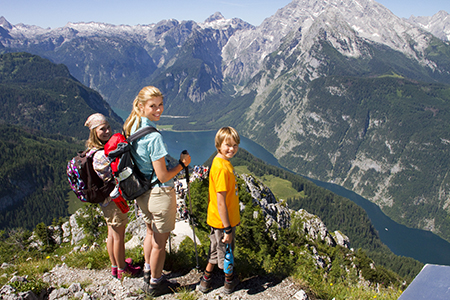
Shot at 18mm, f/14, 1/640 sec, ISO 500
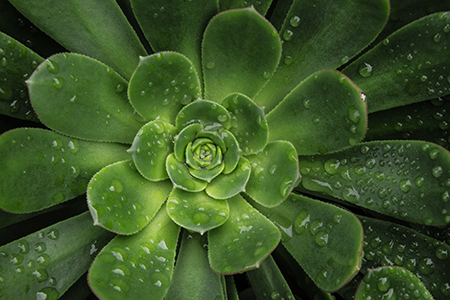
Shot at 100mm, f/14, 1/60 sec, ISO 400
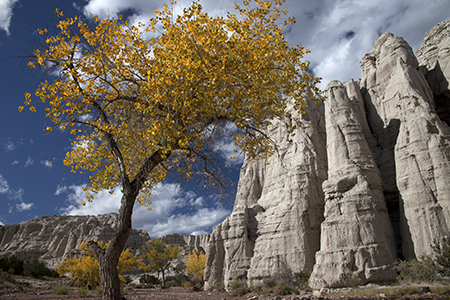
Shot at 28mm, f/13, 1/250 sec, ISO 320
- Macro lenses are able to get closer to your subject than any other lens allows. A true macro lens such as our 60mm, 90mm and 180mm, allow for a photographer to get the 1:1 magnification ratio rendering the subject as full life size. Other lenses have close up ability maybe giving a 1:2, 1:3, or 1:4 ratio, but still would not give you a subject to its full life size. Macro lenses are put to great use for wedding photographers trying to photograph the beautiful diamond rings, the photographer passionate about flowers and bugs, or even the photographer who enjoys documenting coins.
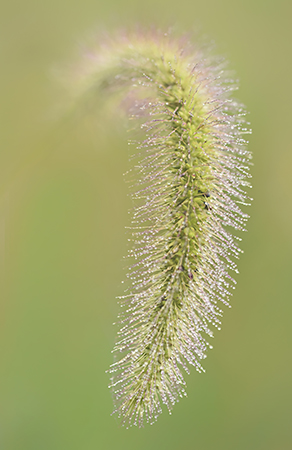
Shot at 90mm, f3.5, 1/100 sec, ISO 800
- Prime lenses have a fixed focal length and see the world from one particular angle perspective permanently. Lenses such as the 35mm, 45mm, and 85mm are prime lenses. With them all being f/1.8 aperture lenses, this allows them to see in very low light and create that creamy bokeh affect background. These lenses are perfect for portraiture, for the photographer working on corporate headshots or in low light situations at a wedding reception or church. Also considering their light in stature, a photojournalist many times opts for a prime lens for those fast moving subjects for street photography.
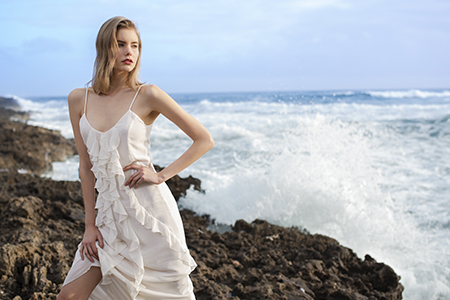
Shot at 45mm, f/2.8, 1/320 sec
- Telephoto lenses allow our cameras to see at unbelievable distances. Lenses such as the 70-300mm, 70-200mm and 150-600mm fit into the category of telephoto. These lenses can often be found in a sports photographers bag, as well as the outdoorsy wildlife and bird photographer’s bag. Another characteristic to look for in a lens, is the VC, or Vibration Compensation. This is the motor built inside of the lens that compensates for hand held shake visible in images with slower shutter speeds and can often ruin a photo. Think of when you look through binoculars, and every time you move slightly or breathe, the shake factor intensifies at magnified distances. This is the same through a camera lens, so with telephoto lenses (and any lens really), having image stabilization is a highly recommended quality to look for.
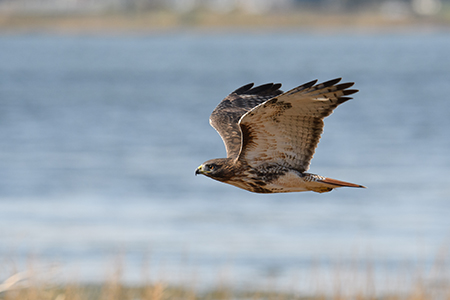
Shot at 400mm, f/6.3, 1/2000 sec, ISO 900
- Wide angle lenses are the favorite of landscape photographers looking to capture that afternoon lit countryside, or that snow covered mountain range, or the intensity of the Milky Way at night all in one image. A wide angle lens is exactly how it sounds, wide angled. And lenses such as the 10-24mm or 15-30mm fit into this category of lens. As was stated earlier, remember our natural human angle of view is 43mm so that should help you imagine how wide into our peripheral vision a lens starting at 15mm is.
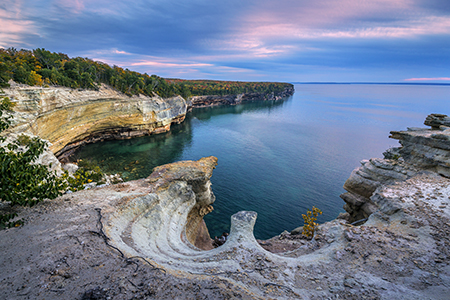
Shot at 15mm, f/8, 1/40 sec, ISO 400
- Fast lenses are referring to the lenses with an f/2.8 aperture or lower. Lenses such as the 70-200mm f/2.8, 15-30mm f/2.8, 24-70mm f/2.8, or the prime 35mm f/1.8, 45mm f/1.8, 85mm f/1.8 are all considered fast lenses. This style of lens with a wide open aperture allows for a lot of light to be able to get through the lens as well as control that shallow depth of field.
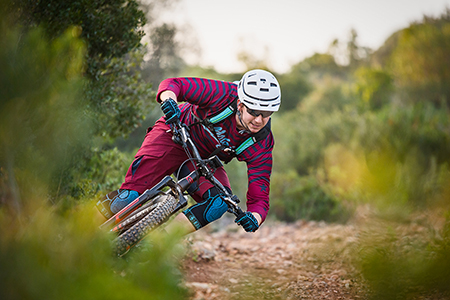
Shot at 200mm f/2.8, 1/2000 Sec, ISO 800
With all of this information, we have to remember that our cameras and lenses are incredible tools; tools that we can use to show others how we uniquely see the world around us. Learn what each of these tools has to offer to its greatest extent and you will create incredible images. In the words of Ansel Adams, “You don’t take a photograph, you make it.”